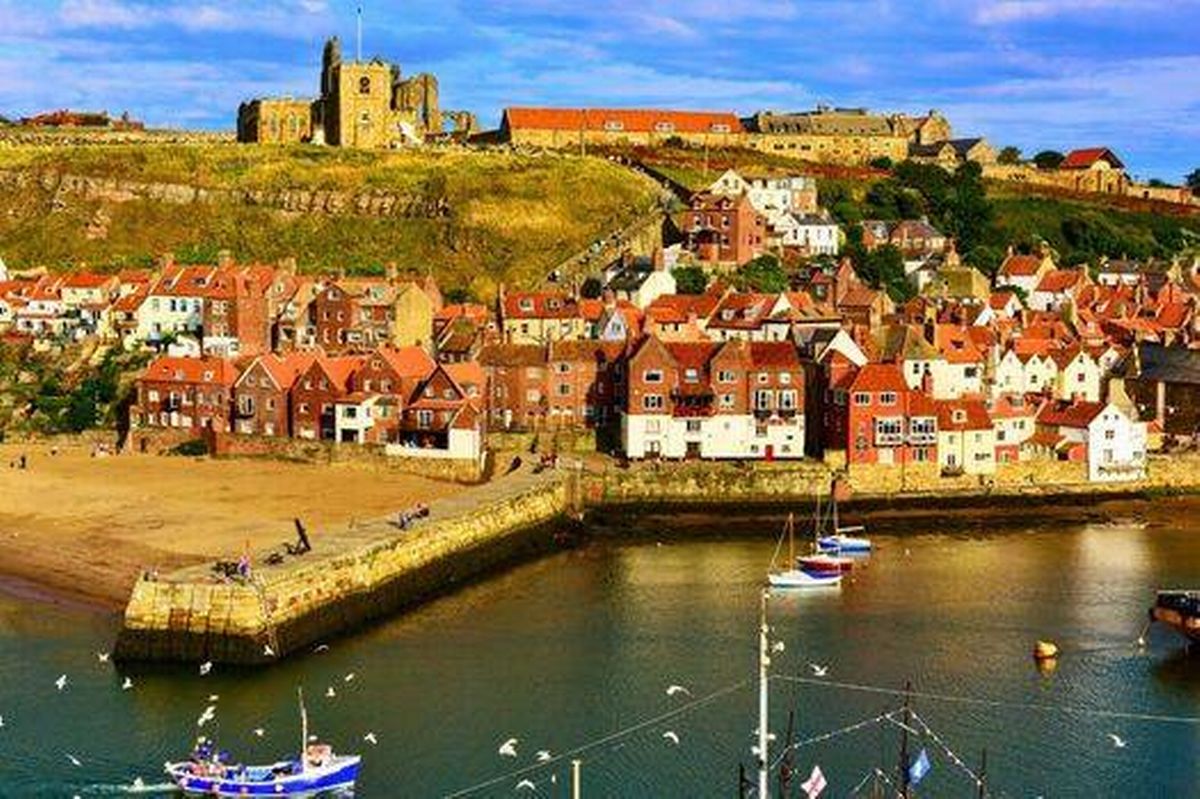Whitby was named the most in-demand UK destination over the summer holidays, but if you prefer to explore at a more relaxed pace then winter is a perfect time for a last-minute getaway
Winter often presents an opportunity to take things easy and relax, but if you’ve got some spare time on your hands, it could also be the ideal moment to fit in a spontaneous break before the new year arrives.
The UK boasts numerous stunning destinations, yet during the warmer months, these spots can become swamped with holidaymakers, frequently pushing up costs and making it more challenging to truly savour your travels.
If you’d rather explore without the hustle and bustle, then Emma, a travel specialist and founder of That Travel, has revealed that now is an excellent time to discover Whitby, which earned recognition as one of Britain’s most sought-after staycation destinations.
This past summer, Sykes Holiday Cottages crowned the Yorkshire coastal town as the nation’s top pick for the summer holidays. According to their findings, it emerged as the most coveted destination during the school break, with reservations climbing by 4% compared to the previous year.
She explained: “While Whitby gets masses of crowds in summer, winter remains a pretty peaceful time of year, and they don’t even experience the same Christmas chaos that many other towns and cities in the UK do. In other words? It’s a perfect little Christmas break – just be sure to wrap up warm to survive the crisp sea air.”
Whitby stands out as a distinctive town renowned for its spectacular coastline featuring breathtaking clifftop panoramas, while also carrying an eerie legacy due to its ancient Abbey and links to Dracula. Bram Stoker, the mastermind behind the iconic vampire novel, was so taken by Whitby during his visit in the late 19th century that he wove several of the town’s landmarks into his narrative.
This connection has given birth to the renowned Whitby Goth weekend, a biannual event where the town dons black attire to celebrate alternative cultures through music festivals and various activities.
While Whitby might not be your typical winter getaway, it’s known for its eccentric festivals and hosts an array of intriguing events around the Christmas period.
One such unique activity is the town’s Krampus Run, a parade where participants dress as the mythical creature from folklore.
The festival boasts fire breathers, drummers, and other eye-catching performances, culminating in an effigy burning on the cliffside to ward off the winter chill.
Additionally, the North Yorkshire Moors will be operating a Santa Express this year, offering a stylish way to appreciate the surrounding countryside and partake in a festive sing-along.
For those who relish Christmas tunes, Whitby Abbey will host numerous carol services and be adorned with stunning decorations, allowing visitors to marvel at the vibrant light display.
A winter visit to Whitby provides a stark contrast to the bustling summer season. For those seeking a more tranquil, cosy experience, securing last-minute accommodation during this time is often a breeze.
With its quaint cobbled streets, striking coastline, and delightful independent shops, Whitby is a picturesque destination and an ideal pick for a spontaneous winter getaway.




